Resistance and Capacitance: A Comprehensive Guide
Resistance and capacitance are foundational concepts in electrical engineering and physics, playing a vital role in the design and operation of circuits. Capacitors store charge and energy, while resistors control the flow of current. Together, they enable countless applications, from filtering signals to energy storage. In this guide, we explore their principles, properties, and applications, providing a detailed and SEO-optimized overview.
What is a Capacitor?
A capacitor is an electronic component used to store electrical charge and potential energy. Capacitors are integral in electronic devices for applications like smoothing voltage, filtering signals, and storing energy for quick releases (e.g., camera flashes).
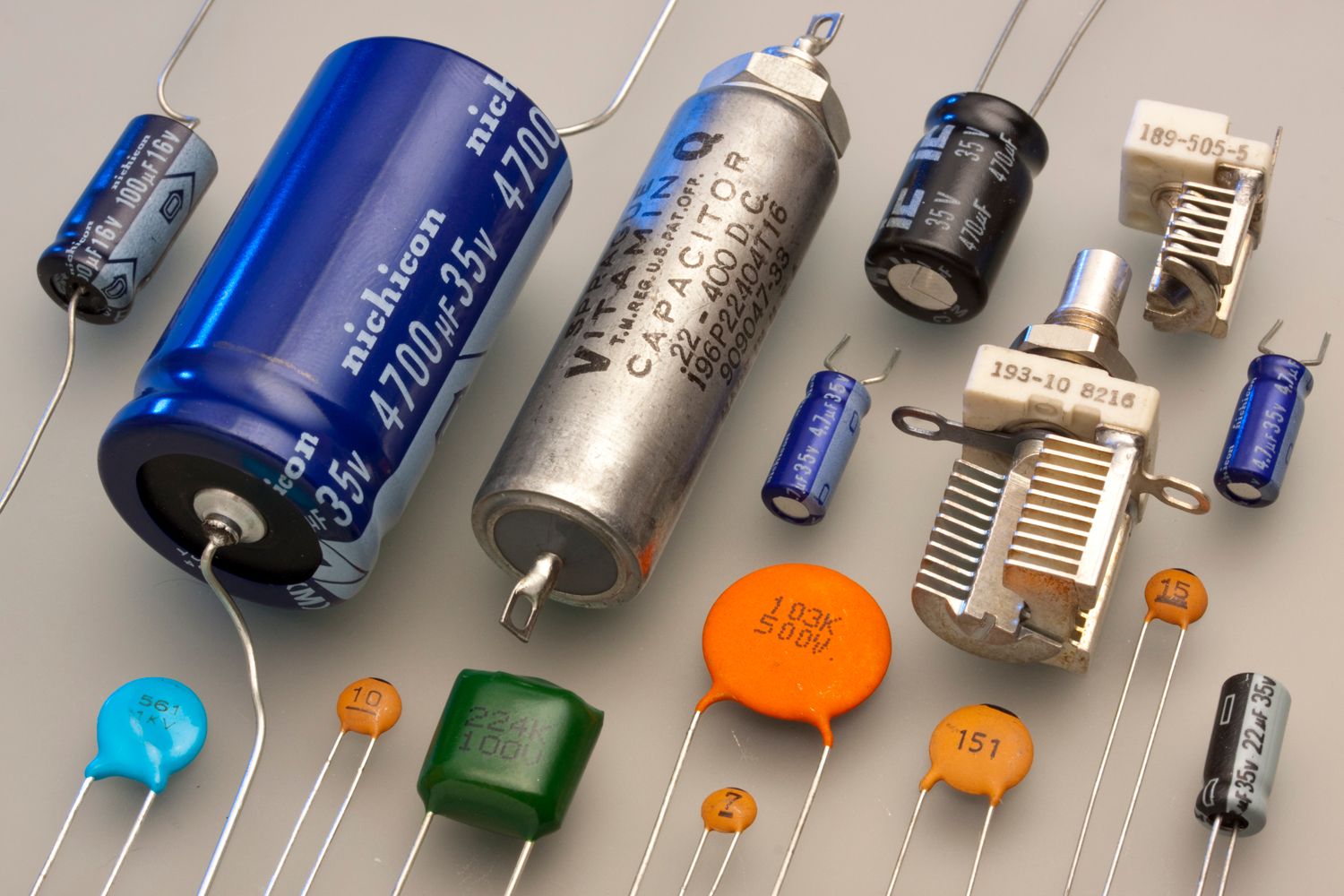
Structure and Function
A capacitor typically consists of two conductive plates separated by an insulating material called the dielectric. When a voltage is applied, the plates store opposite charges, creating an electric field between them.
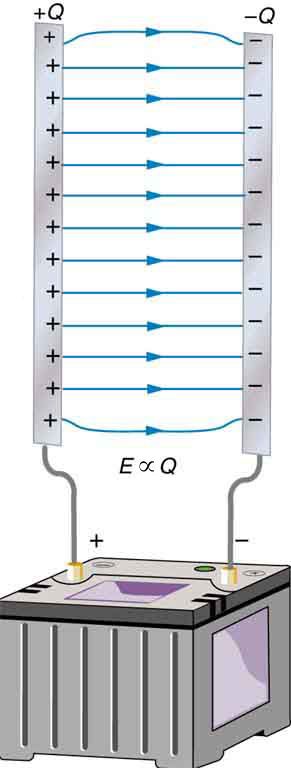
Key Points:
Capacitance (C):
Measures the capacitor’s ability to store charge.
Represented as and measured in farads (F).
Formula: , where:
: Charge (coulombs).
: Voltage (volts).
Impedance:
Opposition to AC current.
Varies with frequency, making capacitors useful for signal filtering.
Parallel Plate Capacitor
A simple capacitor can be constructed using two parallel conductive plates separated by a small distance. Adding a dielectric increases its capacitance.
Electric Field: The field strength depends on the charge: .
Voltage: The potential difference between the plates is .
Capacitance Formula: Where:
: Permittivity of free space.
: Plate area.
: Plate separation.
Energy Stored in a Capacitor
Capacitors store energy in the electric field between their plates. This energy can be calculated using: Where:
: Energy (joules).
: Capacitance (farads).
: Voltage (volts).
Applications:
Energy Storage: Temporary storage for quick releases, as in camera flashes.
Signal Processing: Filtering and smoothing in electronic circuits.
Resistance: Controlling Current Flow
Resistance (R) quantifies a material’s opposition to electric current. It is determined by the material’s properties, length, and cross-sectional area.
Formula:
Where:
: Resistivity (ohm-meters).
: Conductor length (meters).
: Cross-sectional area (meters squared).
Key Points:
Material Properties:
Conductors like copper and silver have low resistivity.
Insulators like rubber and glass have high resistivity.
Temperature Dependence:
Resistance increases with temperature for most conductors.
Dielectrics: Enhancing Capacitance
Dielectrics are insulating materials placed between capacitor plates to increase capacitance. They polarize in response to the electric field, reducing the field strength and allowing more charge to accumulate.
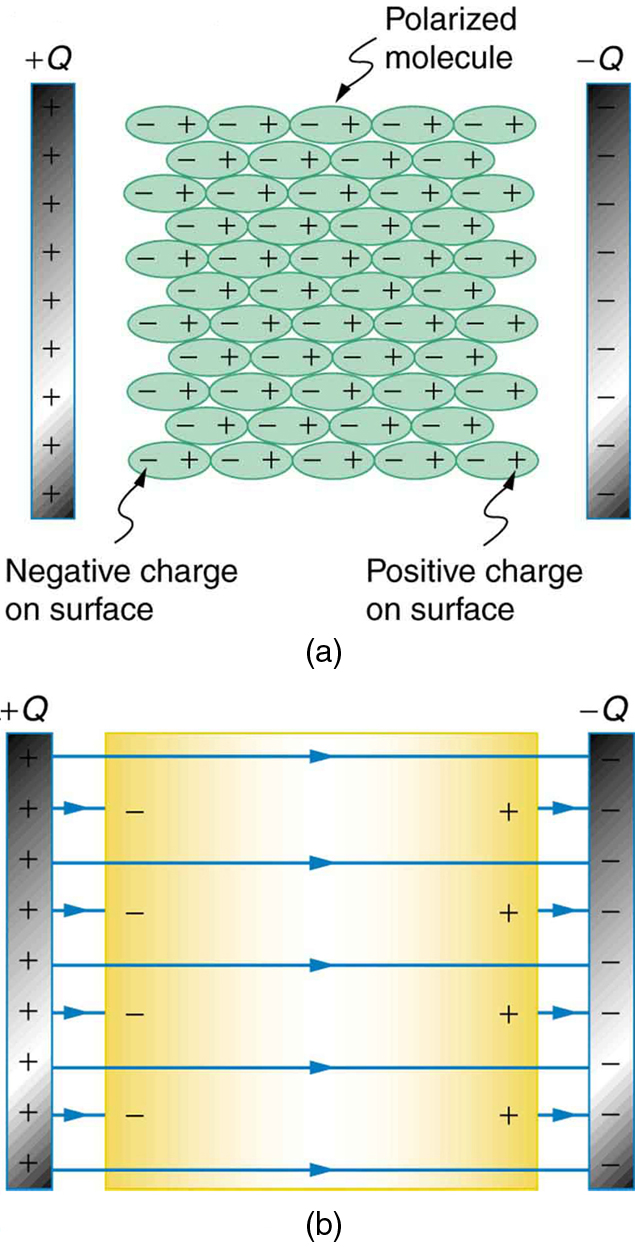
Key Points:
Dielectric Constant:
Determines the material’s effectiveness in increasing capacitance.
Capacitance formula with a dielectric:
Common Dielectrics:
Air: .
Water: .
Strontium Titanate: .
Why Dielectrics Work:
Dielectrics align opposing the electric field, reducing voltage for the same charge. This increases capacitance.
Capacitors in Circuits
Capacitors can be arranged in series or parallel configurations, affecting total capacitance.
Parallel Configuration:
Acts as a single large capacitor.
Series Configuration:
Divides charge among capacitors.

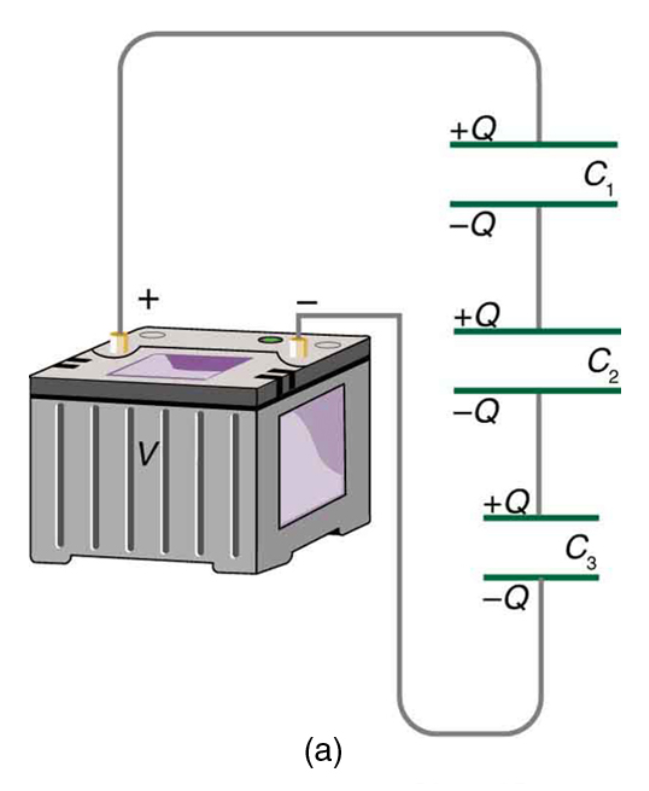
RC Circuits: Combining Resistance and Capacitance
An RC circuit includes a resistor and capacitor connected in series or parallel. These circuits are used in filtering, signal smoothing, and timing applications.
Behavior:
Charging:
The capacitor charges over time, with voltage increasing according to:
: Time constant, determining the charging rate.
Discharging:
The voltage decreases exponentially:
Real-World Applications
Energy Storage:
Capacitors store energy for applications requiring rapid release, such as camera flashes and defibrillators.
Signal Filtering:
Used in audio and communication systems to filter specific frequencies.
Voltage Stabilization:
Capacitors smooth voltage fluctuations in power supplies.
RC Oscillators:
Generate oscillating signals for clocks and timers.
Steady-State Behavior in Circuits
In DC circuits, capacitors charge until their voltage matches the supply voltage, at which point they block further current flow. In steady-state conditions:
Open Circuit: Capacitors act as breaks in DC circuits.
AC Behavior: Capacitors allow alternating current to pass, depending on the frequency.
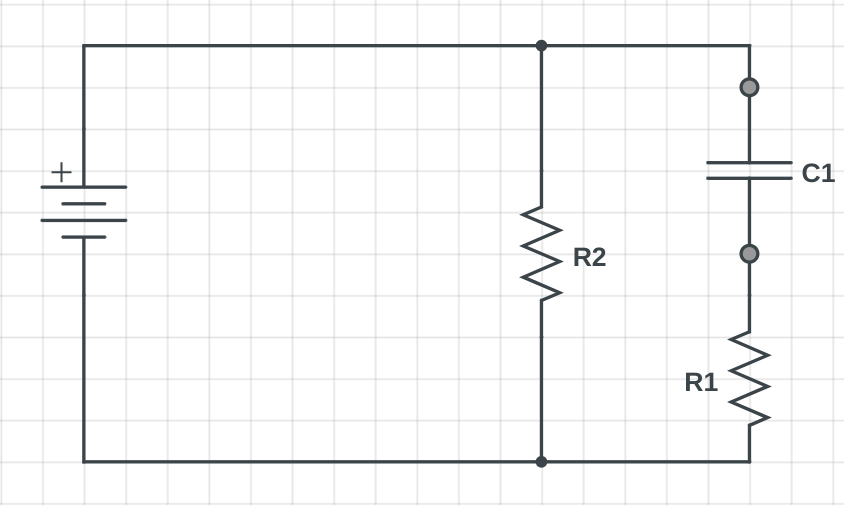
Summary
Resistance and capacitance are essential components in the study and application of circuits. From understanding how capacitors store energy to exploring their role in RC circuits, these concepts form the backbone of modern electronics. By mastering these principles, you can design and analyze circuits for a wide range of applications, from energy storage to signal processing.







